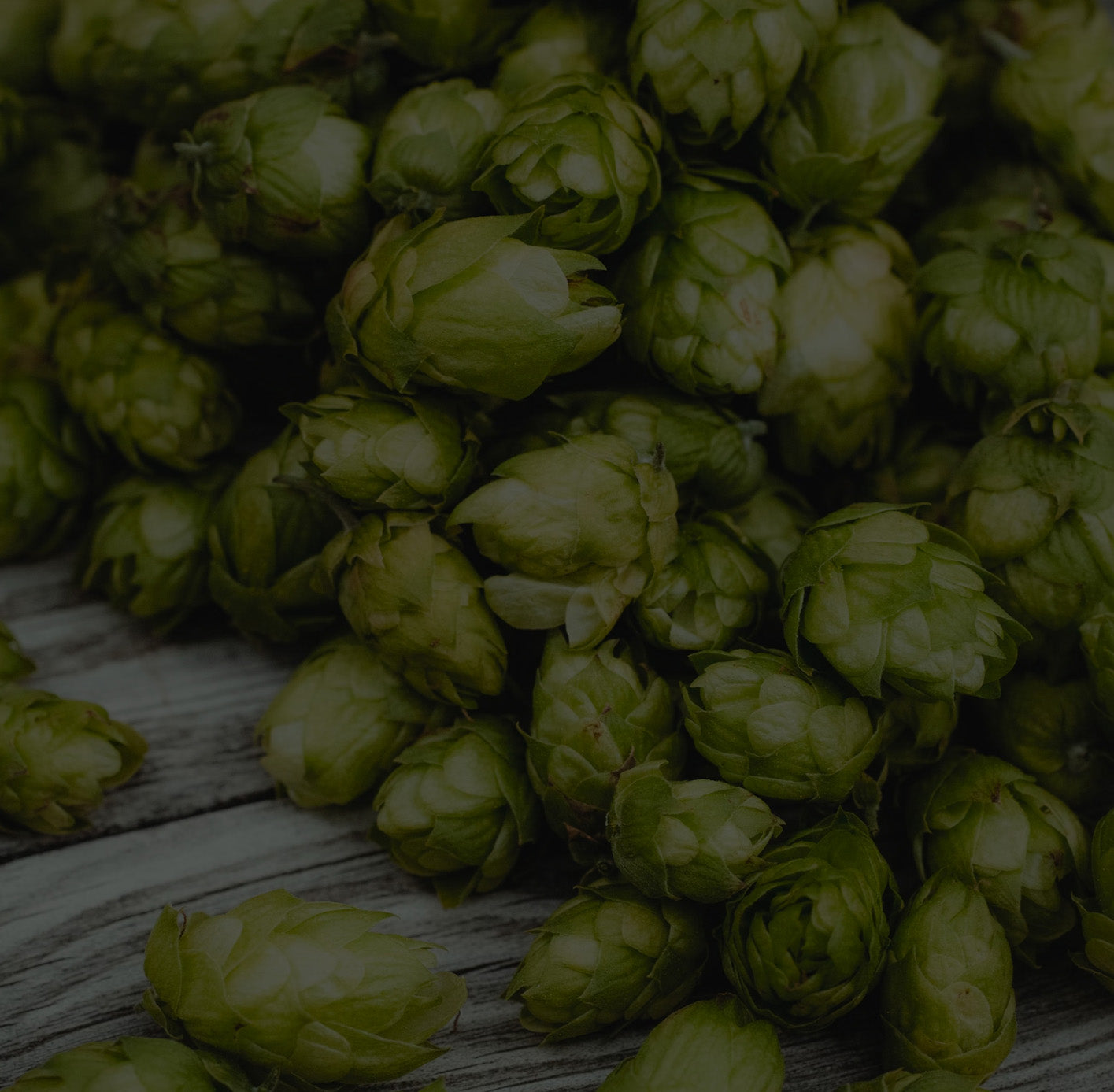Rosemary oil is having a moment. In addition to being a popular aromatherapy oil, it's also trending as a hair supplement. Due to its increased popularity the market has been flooded with new products - some of which are low quality knock-offs. One way to ensure that your oil is top quality is to make it yourself. That's exactly what brewing expert Ryan Hansen from Big Pop brewing recently did in a YouTube video on making essential oils. In this article we're going to break down Ryan's process and explain how to steam distill 100% pure organic rosemary oil at home.
Table of Contents
- Rosemary Oil Uses
- Growing Organic Rosemary
- Harvesting
- Steam Distilling
- Separating Oil from Hydrosol
Rosemary Oil Uses
Rosemary has long been a popular aromatherapy oil. We cannot point to any studies that prove these claims, but it's said that rosemary oil promotes energy, focus, mental clarity, sense of well being and memory. More recently, and with scientific data to back up the claim, rosemary oil has become popular for improving hair health.
A study conducted in 2015, as well as a follow-up study in 2022, suggested that rosemary oil potentially has antioxidant, anti-inflammatory, antimicrobial, vasodilator, and or androgen blocking properties that increase hair growth. More research needs to be done to confirm the validity of these studies, but it looks promising.
Growing Organic Rosemary for Distilling
The quickest and easiest way to grow rosemary is to buy starts. Starts are seeds that have already been germinated and grown into small plants, ready for transplant into a garden or yard. You can find rosemary starts at most big box stores and farmers markets. Though, if you're looking for organic starts, the farmers market is probably going to be a more reliable source.
In the right conditions, rosemary plants can grow quite large. Some varieties will grow as high as 5 feet with a diameter of 4 feet. In terms of garden plants, that's huge! Though, if regularly pruned the won't get that big. Also, different varieties will take up less space. So, when selecting a varietal, make sure it will fit in the space you've allocated for growing.
To grow your rosemary organically, simply avoid applying any pesticides or herbicides to the plant. Honestly, rosemary is incredibly easy to grown an this will not be necessary for plan health anyway.
Though, consider that making a significant amount of rosemary oil will take quite a bit of plant material. A 3' tall by 4' wide plant will need to be trimmed nearly to the ground to fill an 8 gallon distiller for a single run, which will result in about 10ml of rosemary oil. Make sure you will have enough plant material to distill the amount of oil you desire.
Plant the rosemary starts in an area with well draining soil that gets full sun. Plan to water moderately if natural precipitation is not adequate. Also, consider that rosemary should overwinter well in climate zones 7 and above, but will have difficulty surviving outdoors in climate zones 6 and below. Aside from these requirements, rosemary is incredibly hardy and easy to grow. It requires very little care an attention relative to most garden other plants.
Harvesting Rosemary for Distilling
As far as seasonality goes, rosemary can be harvested at almost any point in the year. However, it's best to harvest during the spring and summer are probably ideal for plant health, as this is when the plant is actively growing and is able to regenerate most quickly. Some sources recommend to avoid harvesting while the plant is blooming while others say that this is when the concentration of oil is at its highest. Leave a comment below if you have an opinion on this.
In terms if the time of day, when harvesting rosemary for distillation purposes, it's ideal to harvest early in the morning after morning dew has evaporated. This is when the concentration of oil will be highest.
To gather the rosemary, it's best to avoid cutting the plant all the way down to the ground. Instead, aggressively prune the plant. For this reason, you may consider growing more rosemary than you think you may need for distilling.
Steam Distilling Rosemary Oil
To create 100% pure rosemary oil, we recommend steam distilling using only two ingredients: rosemary and water. This will ensure that the final product consists of two components - 100% pure rosemary oil and 100% pure rosemary hydrosol. It's possible to use alcohol as a solvent during the distillation process, but this will result in rosemary oil that has ethanol byproducts in and a rosemary alcohol tincture, as opposed to hydrosol.
The best way to steam distill is by using a two vessel distiller, which is exactly what Ryan did in this video:
One vessel contains water and is used to generate steam and the other is filled with plant material. Steam generated in the first vessel is piped into the bottom of the second vessel, which is filled with rosemary.
The As the steam moves up through he vessel, it breaks down the plant material and evaporates compounds within it, including rosemary oil. The vapor moves up through the column and eventually down through the condenser, which causes the vapor to turn back into a liquid. At this point it drips out of the still in the form of an emulsion (a mixture of two liquids that do not combine).
Separating Rosemary Oil from Hydrosol
After settling the components will separate into individual layers: rosemary oil and rosemary hydrosol. The oil will float on top of the water and will need to be separated. The easiest way to do this is by allowing the mixture to settle in a separatory funnel. This device allows for the hydrosol to be precisely drained out of the bottom, leaving only oil behind. The oil is then able to be drained into a separate container.






Leave a comment